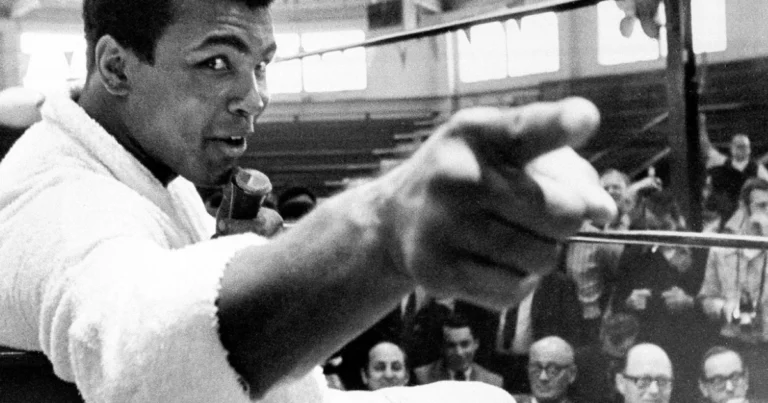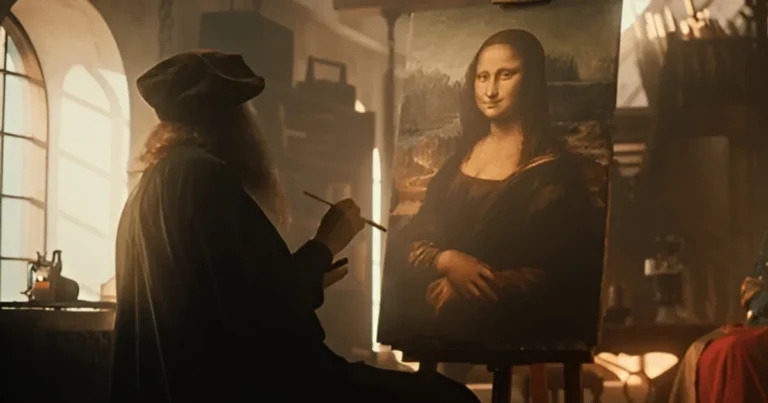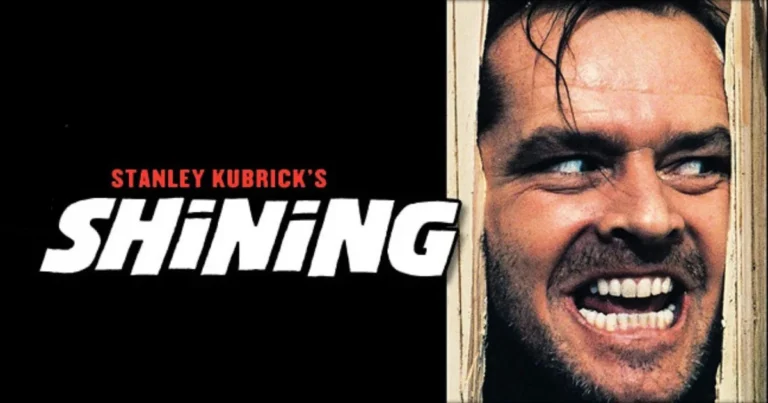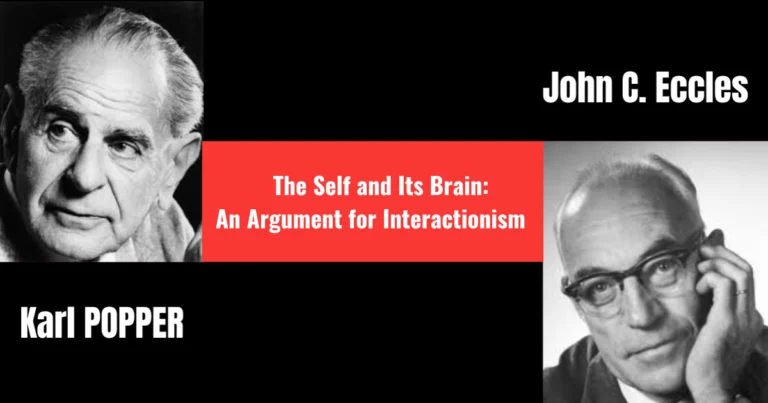Columbo: “Just One More Thing…”
He always arrives late, looking distracted, wrinkling his old beige coat as effortlessly as one wrinkles a habit. His hair is tousled, his tie askew, and he shuffles into view in a battered Peugeot 403 that coughs with every turn. He doesn’t brandish a weapon, only a rumpled notebook, a half-smoked cigar, and a cascade of seemingly trivial questions. Neither his style nor his demeanor impresses. Yet even the most brilliant killers falter before him. Under that disheveled trench coat lies an unerring logic and razor-sharp insight.
His name is Columbo. He never seems to know… until he knows everything.
How Columbo rewrote detective TV
When Columbo debuted on American television in 1968, nothing about it suggested global success, not its slow pace, modest production, or unassuming detective lead. Yet the effect was immediate. The series charmed by what it omitted: no car chases, no guns, no breathless cliffhangers. Instead, there was a battle of wits unfolding gradually, a restrained tension and understated elegance out of sync with its era.
Most strikingly, Columbo upended the traditional crime narrative. From the start, viewers knew the murderer. The suspense lay not in who did it, but how, how this unremarkable man would trap a murderer who believed himself far smarter. That narrative inversion was rare for its time, and it drew audiences into a quieter form of thrill: witnessing, almost in secret, the unraveling of the criminal’s ego.
The show’s power also lay in its nuanced writing and disciplined direction. A young Steven Spielberg, then unknown, directed the 1971 episode “Murder by the Book,” emerging with a revelation: “I learned to shoot without noise.” Spielberg would carry forward that economy of spectacle, an appreciation for silence and detail, long before his era of giant sharks and digital dinosaurs.
The genius of mundanity: Falk’s Columbo
Columbo’s character, brought to life with brilliance by Peter Falk, was never meant to be iconic. Falk, one-eyed and chain-smoking, fought to establish the detective’s unkempt image: the rumpled trench coat, the half-chewed cigar, the lethargic dog, the dented Peugeot… All of it felt “anti-TV.” Too ordinary. Too grey. And yet, that very mundanity unsettled viewers. Beneath his distracted exterior, always on the verge of apology, lay a formidable intellect.
Each episode followed the same formula: a polished, affluent criminal up against a modest, persistent inspector who asked naïve-sounding questions that were anything but trivial. Gradually, almost unnoticed, the criminal’s carefully built façade collapsed.
The show’s success hinged not on action but on intelligence, patience, and dialogue. It was a cerebral investigation, more conversation than chase, more confrontation of ideas than confrontation of bodies. In that sense, Columbo transcended detective fiction; he became, so to speak, a philosopher in disguise.
Columbo: The streetwise Socrates
Some bodies inspire confidence; others command respect. Columbo’s physique does neither. His slow shuffle, perpetually tired expression, slightly bowed posture, and pockets bulging with crumpled papers betray no authority. He seems to fumble for words like someone searching for misplaced keys. Even his worn-out coat suggests it belongs to no one, or perhaps to someone invisible. And yet it is frighteningly effective.
Columbo’s neglect of appearance is intentional. His look serves as a paradoxical weapon, a form of social camouflage. This contrast between his unremarkable visage and his clarity of thought mirrors Socrates’s tactic. The Greek philosopher, small, pot-bellied, flat-nosed, often mocked, didn’t appear to command wisdom. Yet beneath the guise lived relentless intellect.
Both Columbo and Socrates deploy their bodies strategically. They mask presence, defuse resistance, and ease into the space. Who would suspect a man who keeps apologizing, forgets his notebook, mixes up times, and seems preoccupied with his dog’s kibble rather than the crime? This posture of self-effacement is not weakness, it’s deception, and brilliantly so.
Opponents, elegant, assured, often celebrated, contrast sharply with Columbo’s working-class aura, where only facts, contradictions, silences, and forgotten details matter. He doesn’t enter a room to assert his presence but to listen, observe, and vanish, until everything collapses around him.
Like Socrates, he doesn’t impose knowledge; he withdraws it, leading the other into exposure. Socratic dialogue often began with harmless questions, escalating gently until contradictions emerged. Columbo follows the same trajectory. He never declares “you’re lying”, he merely mentions, “There’s one detail that bothers me…” And gradually, the story unravels.
Question by question: Columbo’s investigative art
Columbo never traps suspects; he listens, doubts, and returns again and again. His method prioritizes coaxing truth over enforcing silence. He wanders through dialogue, appears uncertain, then gently drops another question, almost out of courtesy. And that’s when the shift starts.
This approach echoes the ancient Socratic elenchos, a method of exposing contradictions through questions. It’s not about confrontation; it’s about revelation. As Socrates would push someone’s logic to its limits, the suspect’s coherence unravels.
The method doesn’t stop there. Just as Socrates practiced maieutics, the “art of midwifery” that invites truth rather than imposes it, Columbo lets suspects bring forth the concealed. His interrogations become spaces for confession, without pressure, without domination, a space for truth, conveyed through tenacity and patience.
“Just One More Thing…” Socratic fiction in disguise
Columbo never raises his voice or waves a badge. He doesn’t break down doors, he enters quietly, almost apologetically, and yet he always finds what he’s looking for: the truth. His conviction isn’t about victory or public acclaim, but a quiet allegiance to justice. In that, he is profoundly Socratic.
Socrates, too, held no office, granted no decree, claimed no title. He walked, conversed, questioned. Yet he stood firmly against injustice, even to death. He remained constant, unsettling those in power not by provocation, but by unwavering devotion to truth. Neither cynic nor provocateur, he advanced step by step, without bitterness or arrogance.
Their adversaries may be smug and self-important, but neither Socrates nor Columbo is cowed. Their armor isn’t rank or reputation, it’s moral clarity, revealed in the space between statements, in the unresolved tension, in the moment the mask cracks.
Socrates died for his questions; Columbo lives through his. One is history, the other fiction, and that difference matters. Where Socrates faced the city and paid with his life, Columbo operates in a scripted world designed for him to win. Still, both share an unshakeable faith in dialogue, gradual doubt, and the humble persistence of a seeker.
Columbo doesn’t match Socrates, he is a gentle echo of him, translated into another era. He reminds us that even in fiction, truth walks in plain clothes, quiet, persistent, and often sparked by a simple question.
References
McBride, J. (2010). Steven Spielberg: A Biography. University Press of Mississippi.
Harrington, W (1996). Columbo: The Game Show Killer. Forge, January 1, 1996
Platon. (1993). Théétète (L. Brisson, Trad.). GF Flammarion. (Œuvre originale écrite au IVe siècle av. J.-C.)
Vlastos, G. (1983). The Socratic Elenchus. Oxford Studies in Ancient Philosophy, 1, 27–58.

Amine Lahhab
Television Director
Master’s Degree in Directing, École Supérieure de l’Audiovisuel (ESAV), University of Toulouse
Bachelor’s Degree in History, Hassan II University, Casablanca
DEUG in Philosophy, Hassan II University, Casablanca







